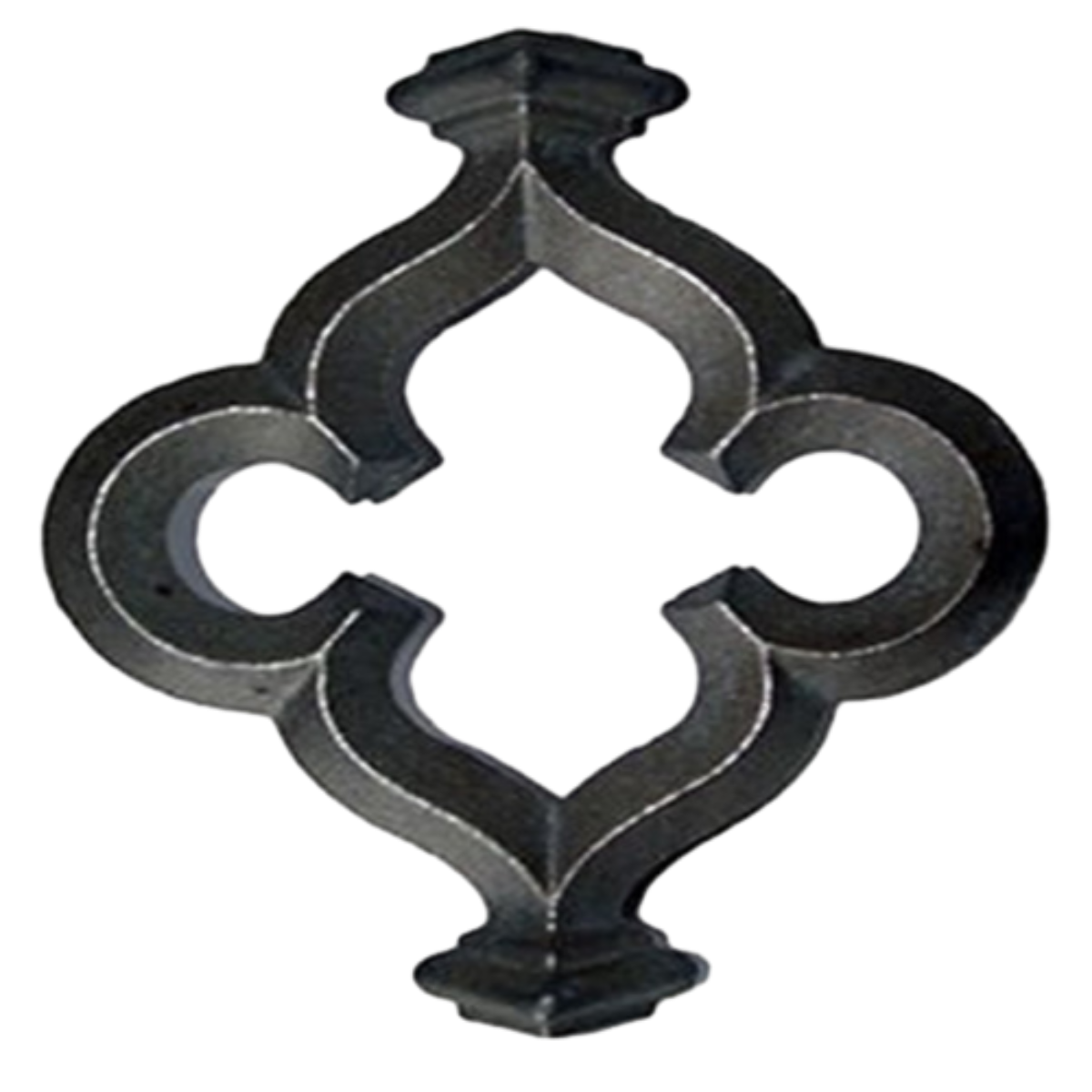iron fence parts
Understanding Iron Fence Parts A Comprehensive Guide
When it comes to creating a secure and aesthetically pleasing boundary around your property, an iron fence is often a popular choice. Not only does it provide durability and strength, but its classic appeal enhances the overall look of any landscape. To ensure that your iron fence not only fulfills its functional purpose but also meets your design preferences, it’s vital to understand the various parts that comprise it.
1. Fence Posts
The foundational elements of any fence are the fence posts. Typically made from heavy-duty iron, these vertical structures provide support for the entire fence. They are strategically placed at regular intervals and are crucial for maintaining the fence's integrity. Depending on the style and design, the posts can be simple or decorative, with some featuring ornamental caps or intricate designs.
2. Panels
The panels are the main body of the fence and can vary significantly in design and height. Iron panels can be solid or have decorative elements such as bars or finials that give the fence a unique look. These panels are affixed between the posts and serve not only as a barrier but also as a decorative feature, offering a perfect blend of security and aesthetics.
3. Gates
No fence is complete without a gate, which provides access to your property while maintaining security. Iron gates come in various styles, sizes, and designs, often mirroring the pattern of the fence panels. Gates can be single or double, swinging or sliding, and can be equipped with locks and handles to enhance security. A well-designed iron gate can serve as an eye-catching focal point for your entrance.
4. Finials
iron fence parts

Finials are decorative elements found on top of fence posts or gates. These ornamental features not only add an extra layer of style but can also vary greatly in design, ranging from simple shapes to elaborate figures like fleur-de-lis or ball shapes. Finials are a great way to personalize your iron fence and make it stand out.
5. Brackets and Fasteners
Brackets and fasteners are the unsung heroes of iron fencing. These components are essential for holding the panels securely to the posts and ensuring the overall stability of the fence. Made from robust materials, such as stainless steel or galvanized iron, they are designed to withstand weather conditions and provide lasting strength.
6. Railing
In some fence designs, a railing component is included, particularly in taller fences or security fences, which helps to provide additional support and safety. Railings can be horizontal or vertical and may have decorative motifs similar to the rest of the fence. They enhance the overall design while providing structural integrity.
7. Coating and Finish
The finish on an iron fence plays a crucial role in its longevity. A high-quality powder coat or galvanization process can protect the iron from rust, corrosion, and weathering. It’s essential to choose a finish that not only complements your home’s exterior but also ensures the fence remains in excellent condition for many years.
Conclusion
Choosing an iron fence involves more than just selecting a design; understanding the various parts and their functions can significantly influence the quality and longevity of your investment. By familiarizing yourself with components such as posts, panels, gates, and finishes, you can make informed decisions that enhance both the security and aesthetics of your property. With the right materials and design, your iron fence will not only fulfill its purpose but also elevate the overall charm of your outdoor space.
-
Wrought Iron Components: Timeless Elegance and Structural StrengthNewsJul.28,2025
-
Window Hardware Essentials: Rollers, Handles, and Locking SolutionsNewsJul.28,2025
-
Small Agricultural Processing Machines: Corn Threshers, Cassava Chippers, Grain Peelers & Chaff CuttersNewsJul.28,2025
-
Sliding Rollers: Smooth, Silent, and Built to LastNewsJul.28,2025
-
Cast Iron Stoves: Timeless Heating with Modern EfficiencyNewsJul.28,2025
-
Cast Iron Pipe and Fitting: Durable, Fire-Resistant Solutions for Plumbing and DrainageNewsJul.28,2025
-
 Wrought Iron Components: Timeless Elegance and Structural StrengthJul-28-2025Wrought Iron Components: Timeless Elegance and Structural Strength
Wrought Iron Components: Timeless Elegance and Structural StrengthJul-28-2025Wrought Iron Components: Timeless Elegance and Structural Strength -
 Window Hardware Essentials: Rollers, Handles, and Locking SolutionsJul-28-2025Window Hardware Essentials: Rollers, Handles, and Locking Solutions
Window Hardware Essentials: Rollers, Handles, and Locking SolutionsJul-28-2025Window Hardware Essentials: Rollers, Handles, and Locking Solutions -
 Small Agricultural Processing Machines: Corn Threshers, Cassava Chippers, Grain Peelers & Chaff CuttersJul-28-2025Small Agricultural Processing Machines: Corn Threshers, Cassava Chippers, Grain Peelers & Chaff Cutters
Small Agricultural Processing Machines: Corn Threshers, Cassava Chippers, Grain Peelers & Chaff CuttersJul-28-2025Small Agricultural Processing Machines: Corn Threshers, Cassava Chippers, Grain Peelers & Chaff Cutters












